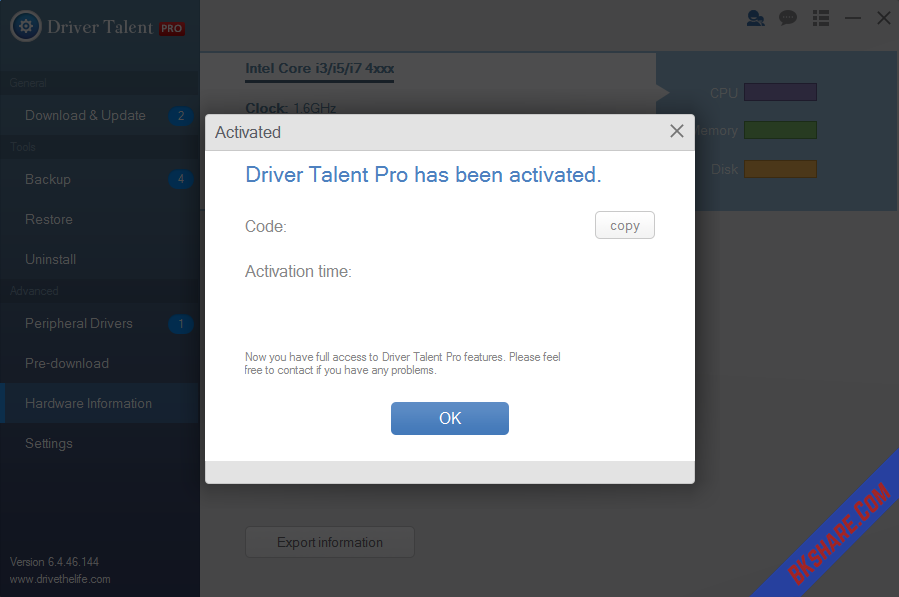XTools Pro is one of the most popular and full-featured third party extensions for ArcGIS Desktop end users providing a comprehensive set of tools for vector spatial analysis, shape conversion and table management.
Just another WordPress.com site Crack download software2014E INFOLYTICA MagNet v7.4 Autoship v9.1 DNVS Maros 8.1 RISA-2D.V11.0 Romax Designer 12.8. Alguien sabe donde conseguir Xtools 10 full para Arcgis 10.2.
Lo he buscado en varios sitios y nada. El plugin te permite registrarte pero nada, da cartel de trial.
XTools Pro is a comprehensive set of useful vector spatial analysis, shape conversion, and table management tools for ArcGIS that greatly enhances ArcGIS functionality and allows ArcGIS users to get to a new level of efficiency and performance. XTools Pro includes more than 70 tools for vector spatial analysis, shape conversion, and table management and more than 40 geoprocessing tools.
The most essential functions are collected in a single toolbar for ArcGIS users. New useful tools help save your time and open up unique opportunities for working with geographical data.
Latest version - XTools Pro 12.0 1747 What s new in XTools Pro 12.0 New Modern UI - all new look and feel of XTools Pro - most of the tools have been redesigned with the new fresh unified user interface, the new tools implemented as Geoprocessing tools now combine usability of advanced modern UI and geoprocessing advantages 64-bit and background geoprocessing, use with Python scripts and models etc.
In this video you will see a practical example of using the XTools Pro's “Create Fishnet” tool. XTools Pro provides more than 80 vector spatial analysis, shape conversion and table management tools and features for fast and effective work in ArcGIS Desktop. Download XTools Pro Try it free for 14 days Full transcript: XTools Pro is one of the most popular extensions for ArcGIS for Desktop end users. In this video we will demonstrate a practical example of using the XTools Pro 'Create Fishnet' tool. The XTools Pro “Create Fishnet” tool is provided for creating regular networks of rectangles or hexagons. Regular networks (or fishnets) can be used to divide continuous areas into separate discrete zones. Each zone then can be assigned with a certain value, for example, population in cities within a fishnet cell.
************ and ************* has it. I HAD the CDs a long time ago. Command and conquer generals zero hour trainer cheat happens. I see all these people having issues. Those work for the CDs, but I sold mine for 10 bucks to buy the ultimate edition ALSO for GPs, there is a file called Rank.ini you can download. The trainer that worked for me was the eXtalia trainer.

This is often used in spatial analysis. Let’s see how the tool can be used to create a rectangular fishnet for population density map for the state of Texas.
Created fishnet can be clipped with some other features, so it will consist only of those cells overlaying these features. Therefore, before creating our fishnet we select a polygon of the state of Texas on the map. Then we run the “Create Fishnet” tool from the XTools Pro toolbar menu. We start setting up parameters with specifying output fishnet feature class.
For our purpose, we store the new fishnet as a shapefile in the map document folder. Custom, full, current map extent, or extent of the selected layer or graphics can be used to define the extent of the output fishnet. We are going to use current map extent as we have zoomed map to the state of Texas beforehand. We select rectangular cells and specify the same value for rows height and columns width as we need square cells. It is possible to specify number of rows and columns – the cell size is then automatically calculated. In our case, we need square fishnet cells of the 60 x 60 km size.
Therefore, we specify both rows height and columns width as 60 km. We also select to create index field “Index_Row” with indexes starting with 1. Then we do the same for columns and create index field “Index_Col”. Rectangular fishnets can be created as polygons or polylines. We select polygon geometry type for our needs. Yet another option that can be used in some cases is fishnet rotation allowing to rotate output fishnet cells.
We don’t need this for our population distribution map, so we just leave the rotation angle as 0. For our goal, we need to create fishnet consisting of only those cells overlaying the state of Texas. For that we select to clip the output fishnet with the STATES layer where we have selected a polygon of the Texas state. We make sure that only one polygon has been selected for use.
Finally, all options have been set up, so we can run the fishnet creation process. The new fishnet overlaying the state of Texas has been successfully created. In order to make a thematic map of population distribution within the state, we assign fishnet cells with the population values from the CITIES layer using the standard ArcMap means. As a result, we’ve got the following map demonstrating population density ranges within the state of Texas. As well, the Create Fishnet tool allows creating hexagonal fishnets the same way. Hexagonal cells can be defined with edge length, radius of inscribed circle or area values.
Most Popular Articles
- Img2cad 7 2 Serial Numbers
- Autocad 2013 Xforce Keygen Download
- Gidravlika Aljtshulj
- Cara Instal Driver Toshiba Satellite L740 Bluetooth
- Klyuch Aktivacii Matlab 2010
- Akt Vipolnennih Rabot Po Ustanovke Dverej Obrazec
- Delovoj Russkij Yazik Testi
- Rock Chip Rk3026 Firmware
- Filvordi Dlya Pechati A4
- Download Tabuh Tari Margapati Bali
- Ebcs 10 Electrical Installation Of Buildingspdf
- Download Free Teamspeak 3 Admin Token Hack Software
- Download Software Magone A8 Radio
- Community Board High Five
- Torrent Lonely Planet Vietnam Pdf